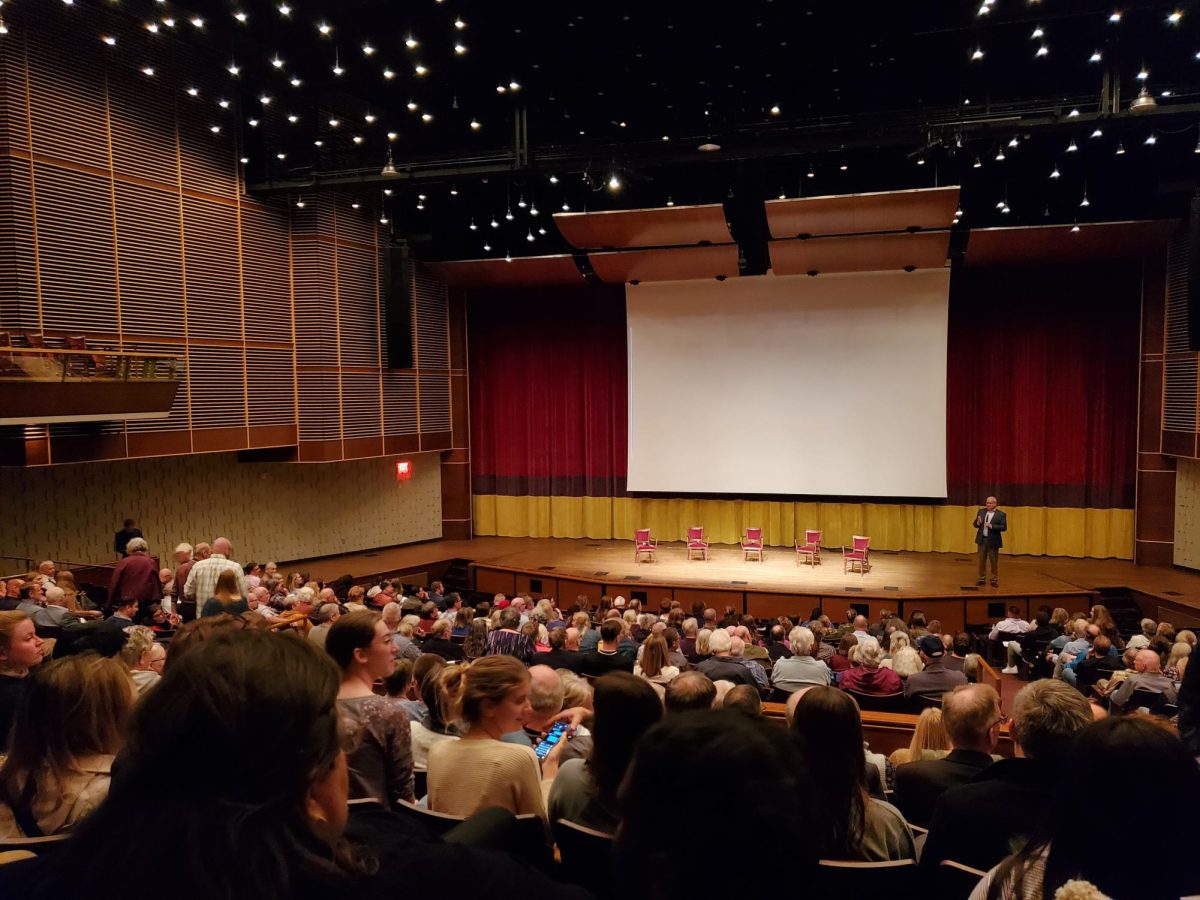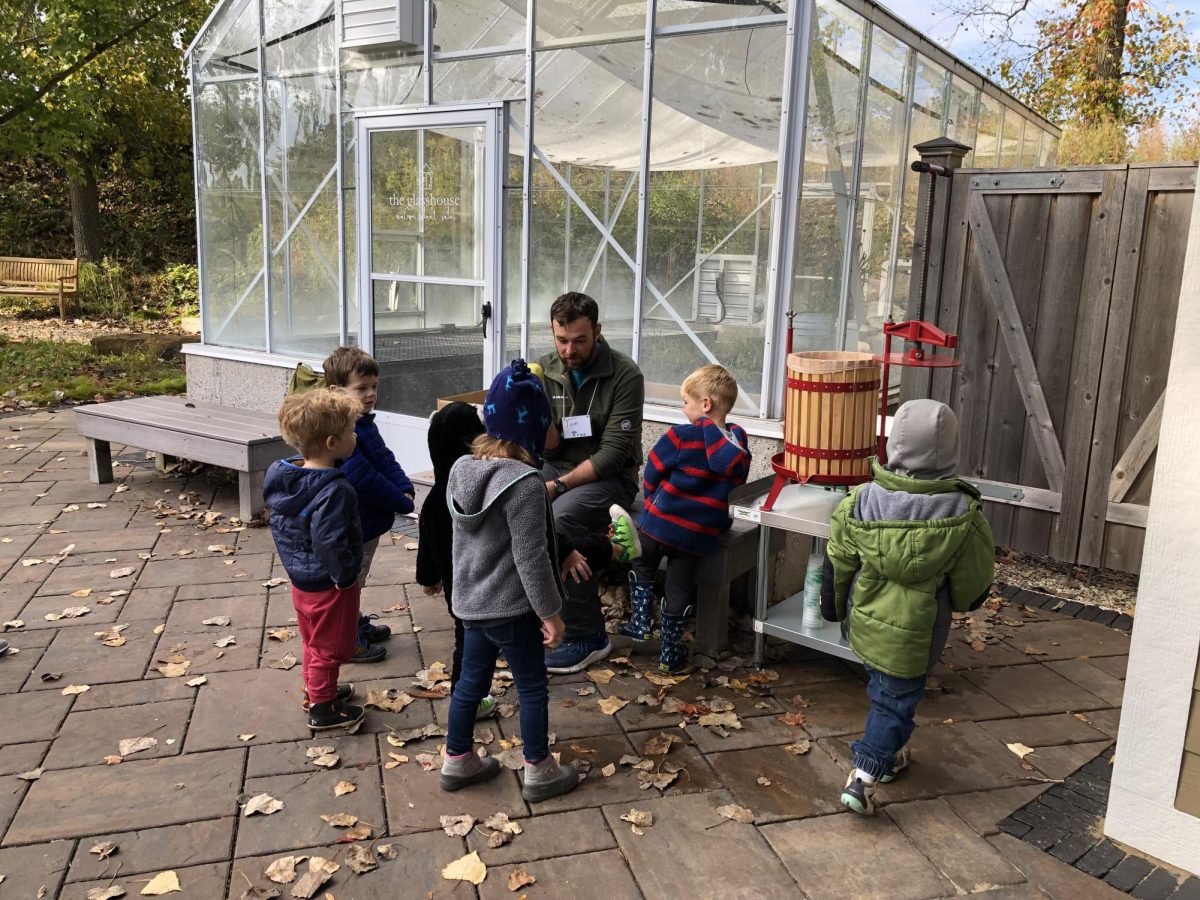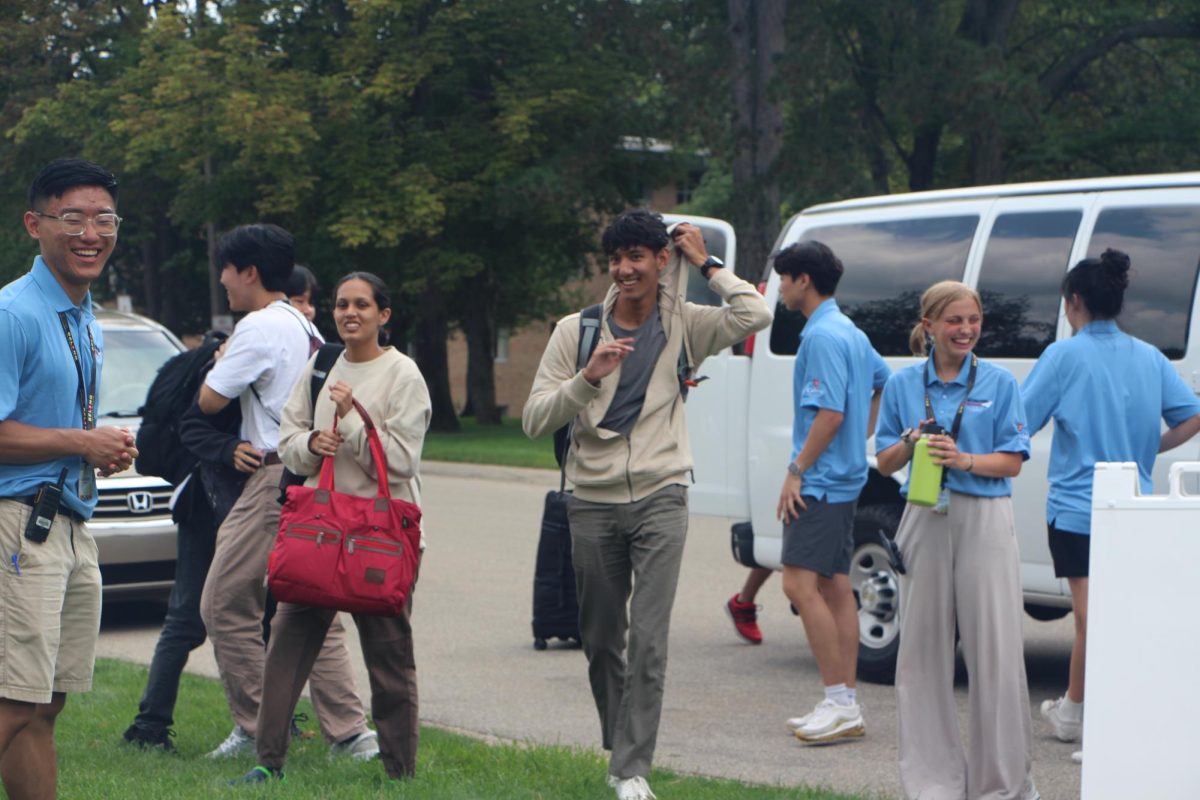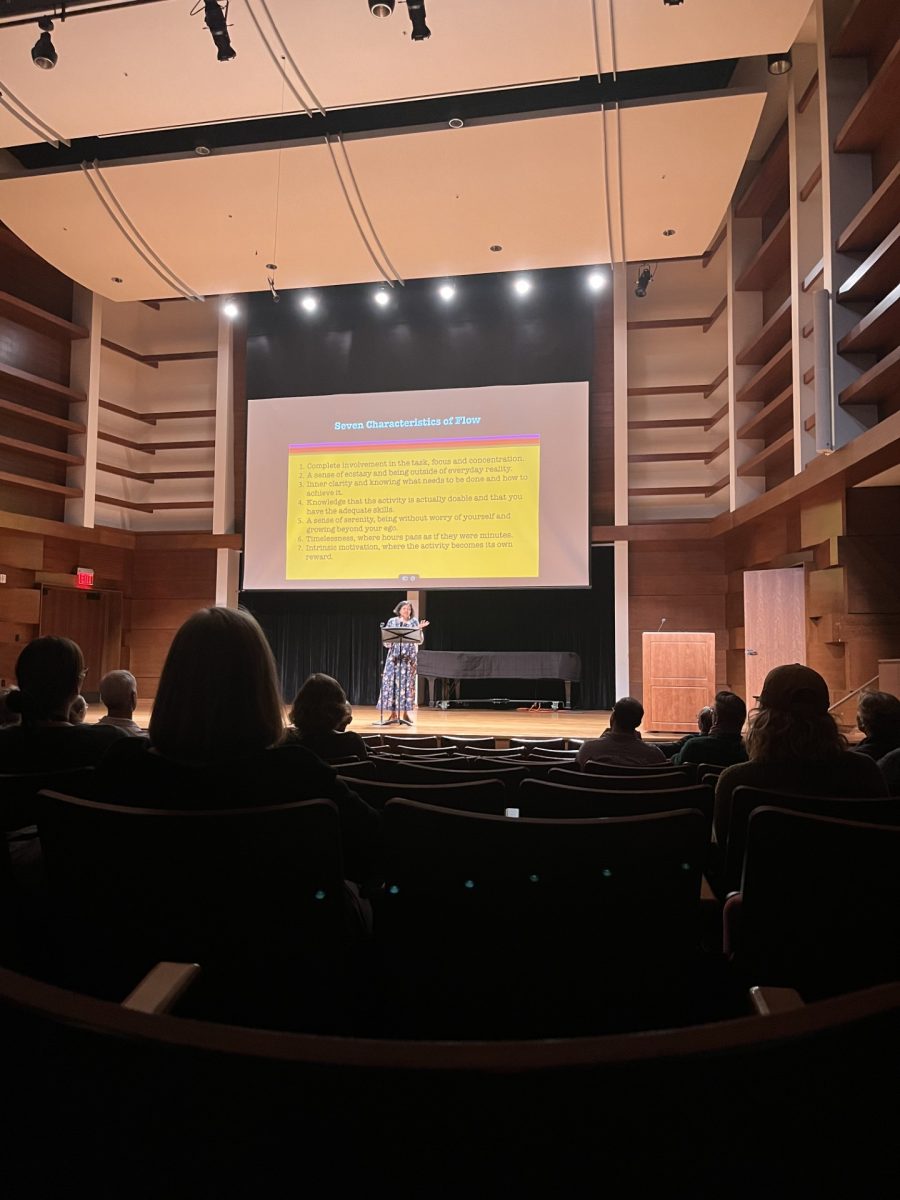On the first floor of the Science Building, by the geology department, there is a gem (pun intended) of a museum placed right on our campus, and it’s totally free to visit. Everything that you see in the Mineral Museum, including the minerals and all the architecture and the extension, was donated by Bruce Dice, a generous alumnus of Calvin College.
Junior Daniel Blakemore is a geology major who curates the museum. He provided some valuable insight on just how special this museum is:
“Mr. Dice’s mineral collection was donated to Calvin over the Smithsonian because he wanted a more intimate setting for his collection to be displayed. He loves Calvin College very much and made a very generous donation. He is an alumnus of Calvin and graduated in 1948, and then he finished his degree at University of Michigan and worked in oil and gas. He started his own company called Wadi Petroleum that was very successful. He spent his life in geology collecting minerals on the side and decided to give back to his alma mater with this wonderful gift.”
It is obvious that Dice is quite passionate about mineral collecting from a look in the museum. There is a wide array of beautiful minerals that are in wonderful condition. Blakemore said, “Mr. Dice really wants his mineral collection to showcase the natural beauty of God’s creation. … These minerals and fossils are from all over the world; [Mr. Dice] has had an incredible life, travelling all over. … When most people look at the ground and rocks they usually see this mundane, very boring material, but this is the perspective that I’m coming from — I’m looking at the minerals that compose rocks; sometimes they can be just extraordinary. And this is the cream of the crop of what you can find in the earth and it’s all displayed in one concentrated area, and it’s all just so beautiful.”
Blakemore mentioned the impact the museum had on his college decision: “This museum is one of the big reasons why I ended up at Calvin. This was built during the fall of my senior year … and I was just starting to get into geology at that time. … This museum really stuck out to me, because it’s just so unique. … I can’t really imagine going anywhere else for my undergraduate education; the geology program here is just so excellent.”
The museum includes amethyst, emerald, aquamarine, fossils, copper, amber and even fluorescent marble that glows under the UV lights in its case. One of the rarest and most incredible specimens in the museum is the fossil of an octopod. Blakemore said that it “is perhaps the fossil Mr. Dice is most proud of. Octopods don’t form fossils because their skin is so delicate, and in order to be preserved the conditions have to be just right; because of that there are only four know octopod fossils in the world. And the others are in locations more well-known than Calvin College: Berlin, London and Lebanon. We have the best octopod fossil in the world — at Calvin College! It’s really an exceptional piece.”
Geology professor Renee Sparks mentioned some of the learning opportunities the museum provides for geologists and novices alike:
“The Allende meteorite (though not necessarily stunning in looks) gives us a glimpse of the material that God used to form and shape our solar system and provides some context for the time and the eternal nature of God. Mr. Dice spent a good 20 minutes describing the importance of this one sample in the collection, and I agree with him wholeheartedly. We have the opportunity — and I really think the responsibility — to recognize God’s handiwork in the beauty of the mineral specimens. They are not just by chance but are the result of many different chemical and physical conditions that came together in different locations to produce the beauty that we see. Studying God’s creation is an interesting and rewarding endeavor. Mineralogy is a foundational component in studying the physical environment in which we live, an environment that was created and provides insight to the character of God.”
Blakemore expressed his gratitude toward Dice and the impact he has made on him personally and on Calvin’s geology department:
“I’m very thankful for his contributions to the school. When I came in to Calvin as a geology major, I think there were maybe 12 [geology majors], and now I think we’ve doubled in size in the three and a half years that I’ve been here, and I think this museum has a lot to do with it. Geology is not as frequently taught in high school, so people don’t really know about it, but hopefully if people see the minerals displayed here, they can gain an appreciation of what’s under our feet.”
If you’d like to visit the mineral museum, it is open on Wednesdays, Thursdays and Fridays from 12:30 p.m. to 4 p.m.









